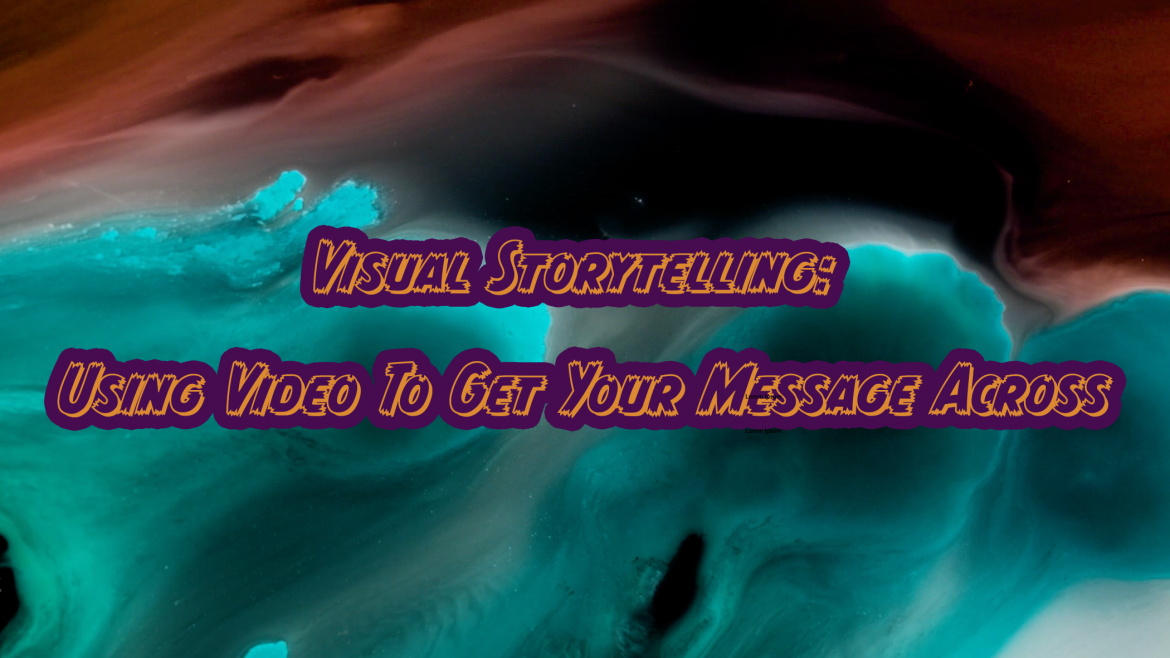
Storytelling is a fundamental aspect of videography, and effective storytelling can greatly enhance the impact and engagement of a video. Here are some key considerations for storytelling when you’re editing your next project:
- Define the narrative: Before starting the shoot or editing process, it’s important to have a clear understanding of the story you want to tell. Determine the central theme, message, or purpose of the video. Identify the key elements, characters, or events that will drive the narrative. This will provide a solid foundation for the storytelling process.
- Establish an emotional connection: Connect with your audience on an emotional level by creating relatable and engaging content. This can be achieved through compelling visuals, impactful storytelling techniques, or relatable characters. Consider the emotions you want to evoke in the audience and tailor the storytelling approach accordingly.
- Maintain consistent pacing: Pace your video in a way that aligns with the narrative. Consider the rhythm and flow of the story, using slower or faster cuts, transitions, and camera movements to create tension, build anticipation, or convey a sense of urgency. Use pacing as a tool to maintain the audience’s interest throughout the video.
- Pay attention to audio and dialogue: Clear and well-crafted audio is essential for effective storytelling. Ensure that dialogue is audible, and use sound effects and ambient sounds to create a realistic and immersive experience. Properly mixing audio levels and incorporating background music can greatly enhance the emotional impact of the video.
Many videographers like to utilize slow motion in their shots as well. Slo-mo allows for a more detailed and exaggerated portrayal of movement, emphasizing subtle gestures, expressions, or actions. Slo-mo can be used to create a sense of drama, highlight important moments, or add a dream-like quality to the visuals. By manipulating time, slow motion can heighten the impact of a scene and draw the viewer’s attention to specific details.
Editing to the music is another effective technique in visual storytelling. The rhythm, tempo, and mood of the music can influence the pace and tone of the video. By synchronizing the cuts, transitions, and visual elements with the beats or emotional parts of the music, the video gains a sense of coherence and flow. This technique can enhance the emotional impact, create a sense of anticipation, or emphasize key moments within the story. The combo of visuals and music can evoke powerful emotional responses, creating a more immersive and engaging viewing experience.
Incorporating interviews into the storytelling process adds a human element and helps guide the narrative. Interviews provide an opportunity to hear directly from individuals involved in the story, whether they are the subjects themselves, experts providing insights, or spectators. Interviews can be used to introduce characters, present different perspectives, and give the audience a deeper understanding of the subject matter. By interweaving interview segments with visuals, the video gains a sense of authenticity, allowing viewers to connect with the people and their experiences on a more personal level.
By skillfully combining these elements, videographers can craft compelling stories that leave a lasting impression.
